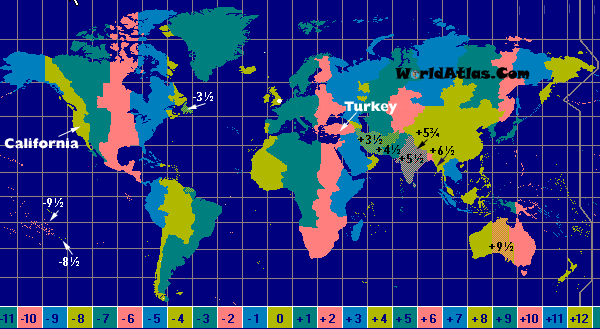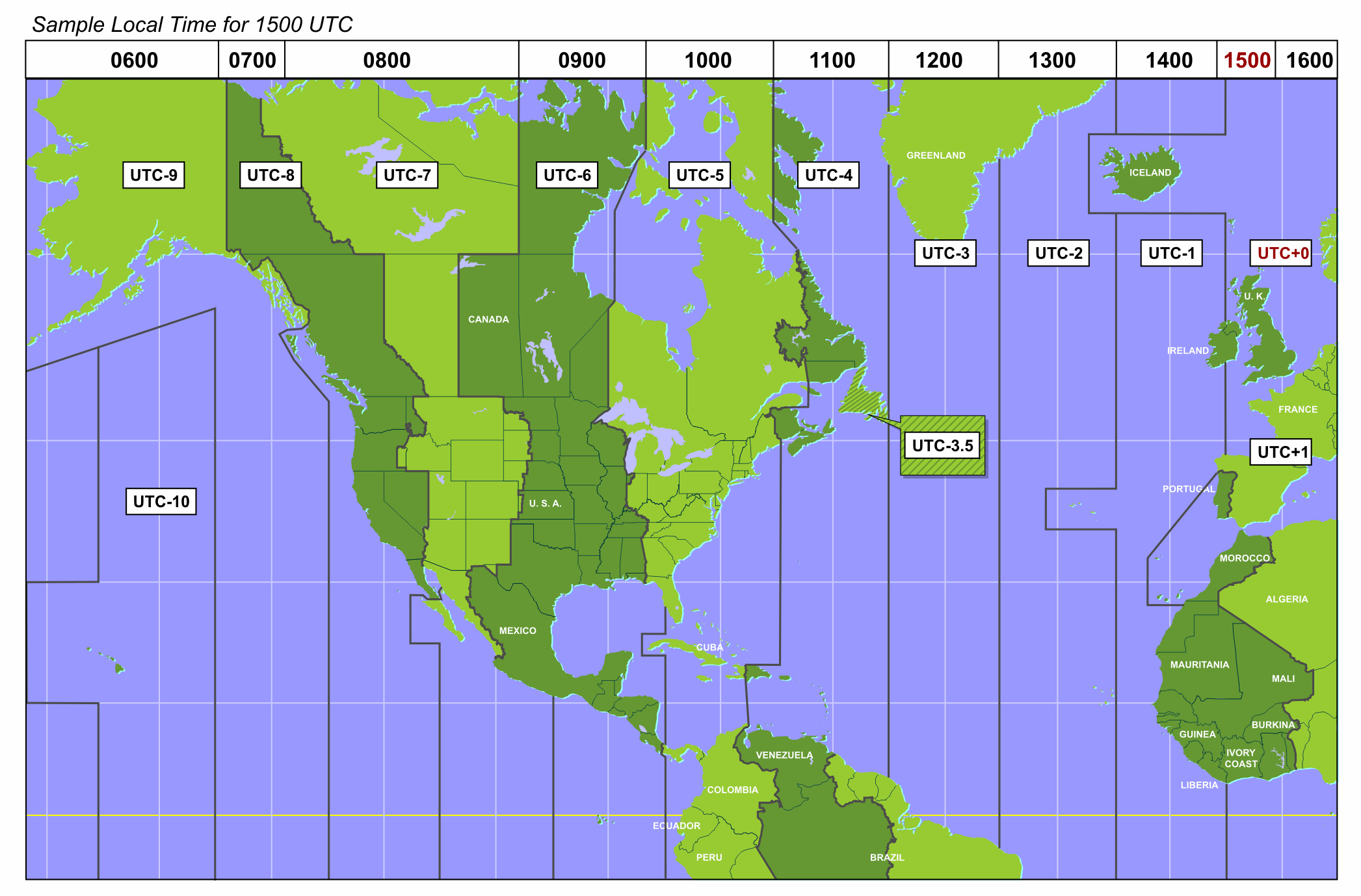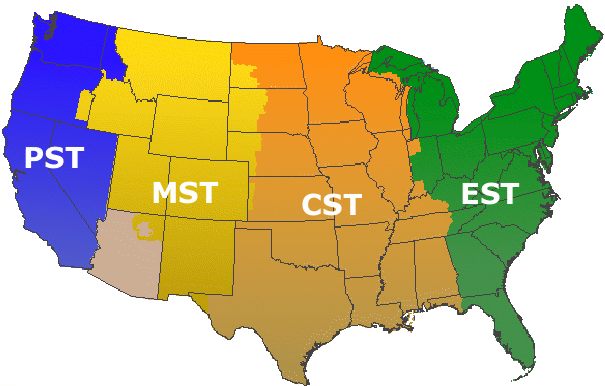
It's one of the best online productivity tools for those often finding themselves traveling, in flights, in online meetings or just calling friends and family abroad.
#Gmt time zone to eastern how to#
Here's how to convert a utc time to the timestamp. World Time Buddy (WTB) is a convenient world clock, a time zone converter, and an online meeting scheduler. The easiest way to convert a time to UTC is to call the static ( Shared in Visual Basic) TimeZoneInfo.ConvertTimeToUtc (DateTime) method. Note: POSIX timestamp is the same around the world i.e., your local timezone doesn't matter if you want to find the timestamp (unless your timezone is of "right" kind).

pytz module provides access to the tz database: #!/usr/bin/env pythonĮastern_dt = omtimestamp(timestamp, pytz.timezone('America/New_York')) If you are in GMT, the most convenient time to accommodate all parties is between 2:00 pm and 6:00 pm for a conference call. Otherwise you need data from a historical timezone database to get the correct utc offset. If it is your local timezone and the timezone rules are the same for the given time as they are now then you could use stdlib-only solution (except for some edge cases): #!/usr/bin/env pythonįrom email.utils import parsedate_tz, mktime_tz # datetime.datetime(2012, 6, 12, 10, 3, 10, tzinfo=tzfile('US/Eastern')) The easiest way to convert a time to UTC is to call the static ( Shared in Visual Basic) TimeZoneInfo.ConvertTimeToUtc (DateTime) method. Eastern Standard Time (EST) is UTC-5:00, and Eastern Daylight Time (EDT) is UTC-4:00, this time zone is called Eastern Time Zone (ET) in the United States. # correctly localizes to GMT (=UTC) directlyĭtobj = dtobj.astimezone(dateutil.tz.gettz('US/Eastern')) # datetime.datetime(2012, 6, 12, 10, 3, 10, tzinfo=zoneinfo.ZoneInfo(key='US/Eastern'))Īnd there's also dateutil, which follows the same semantics: import dateutil

# convert to US/Eastern (EST or EDT, depending on time of the year)ĭtobj = dtobj.astimezone(ZoneInfo('US/Eastern')) UTC+4) zones west of UTC and east of the Date. # parse to datetime, using %Z for the time zone abbreviationĭtobj = datetime.strptime(time, '%a, %d %b %Y %H:%M:%S %Z') UTC used to be called GMT (Greenwich Mean Time), after the Royal.

With Python 3.9, time zone handling is built into the standard lib with the zoneinfo module (for older Python versions, use zoneinfo via backports.zoneinfo).


 0 kommentar(er)
0 kommentar(er)
